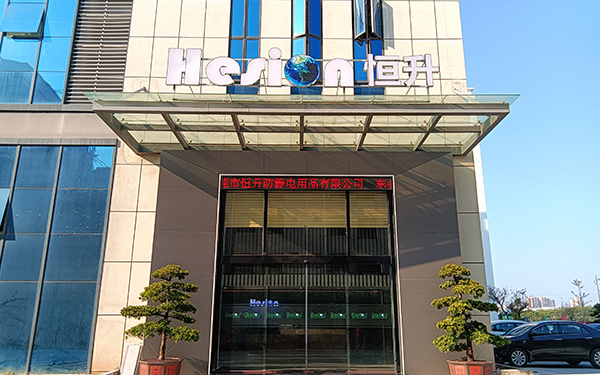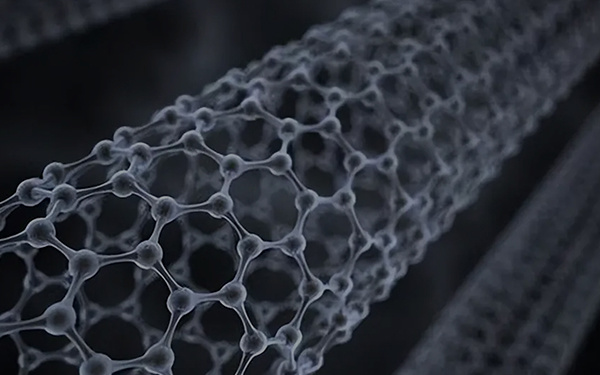





- Detailed description
-
Hengsheng produces transparent ITO films (Transparent Indium Tin Oxide Film), a type of transparent conductive film widely used in touch screens, LCDs, solar cells, and many other electronic devices.
The main components of ITO films are indium oxide (In₂O₃) doped with tin oxide (SnO₂), and are prepared by magnetron sputtering, solution coating, and other processes.
1. Characteristics:
• Transparency: ITO films have high light transmittance (high visible light transmittance), typically exceeding 85% in the visible light range, allowing for conductivity without compromising optical transparency.
• Conductivity: ITO films have good conductivity, with surface resistivity adjustable within a certain range (typically 10^-4 to 10^3 ohms/square), ensuring sufficient conductivity as an electrode material.
• Stability: ITO films have good chemical and thermal stability, maintaining their performance under a wide range of environmental conditions.
2. Applications:
• Touch screens: In touch screen technology, ITO film is used as the electrode layer of the touch sensor, capable of sensing changes in the position of fingers or styluses.
• Displays: In liquid crystal displays (LCDs), ITO film serves as the transparent electrode of the electroluminescent layer, participating in the pixel lighting and control process.
• Solar cells: In certain types of photovoltaic cells, especially dye-sensitized solar cells and organic solar cells, ITO film is used as a transparent anode.
3. Production and Processing:
• The process of producing ITO films typically involves depositing an ITO layer on glass or other transparent substrates, followed by high-temperature annealing to improve its conductivity and stability.
• ITO films can also undergo subsequent processing such as etching and cutting to adapt to the complex shapes and design requirements of various end products.
4. Challenges and Development Trends:
• Although ITO films dominate the field of transparent conductive materials, due to their cost, resource limitations (especially the scarcity of indium resources), and difficulties in processing on flexible substrates, the industry is actively developing new transparent conductive materials such as metal meshes, carbon nanotubes, and graphene as alternatives.










